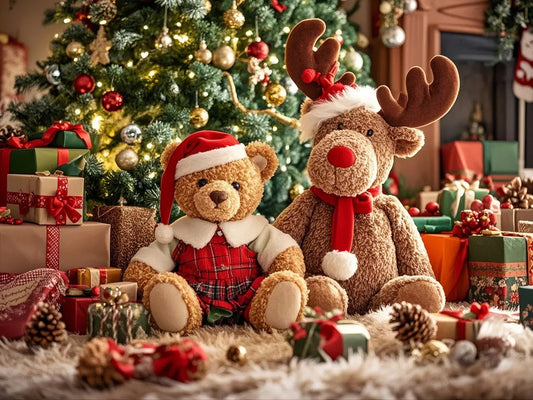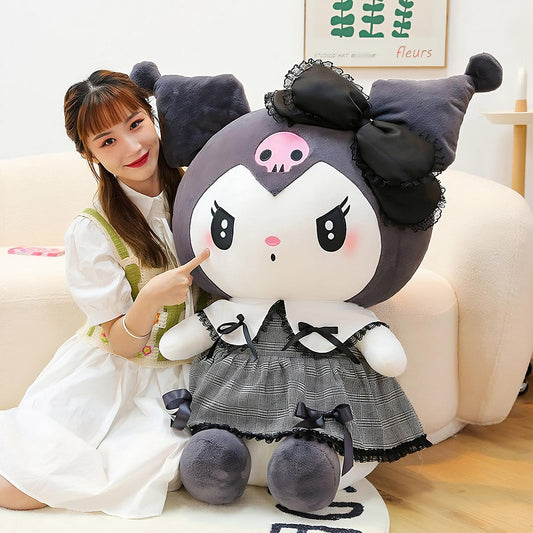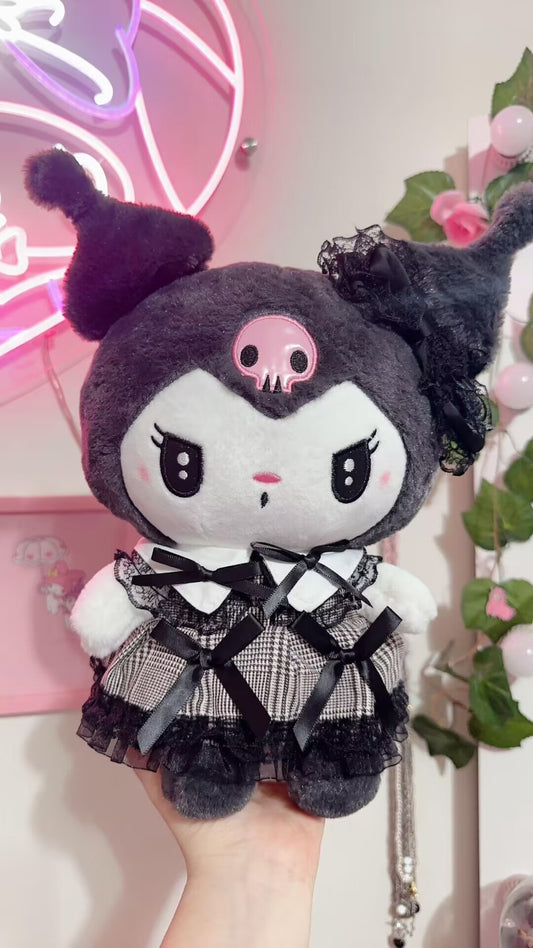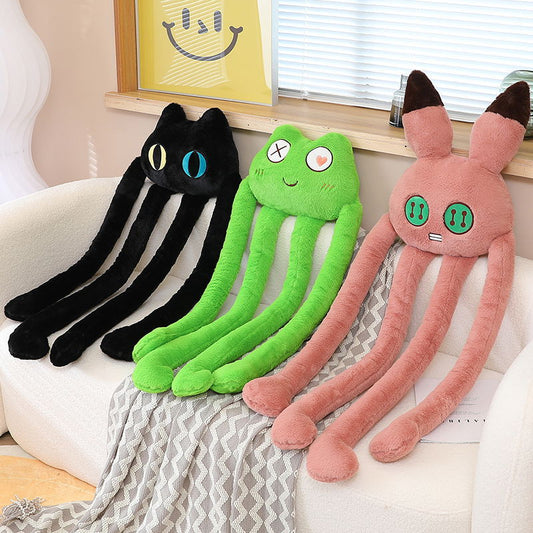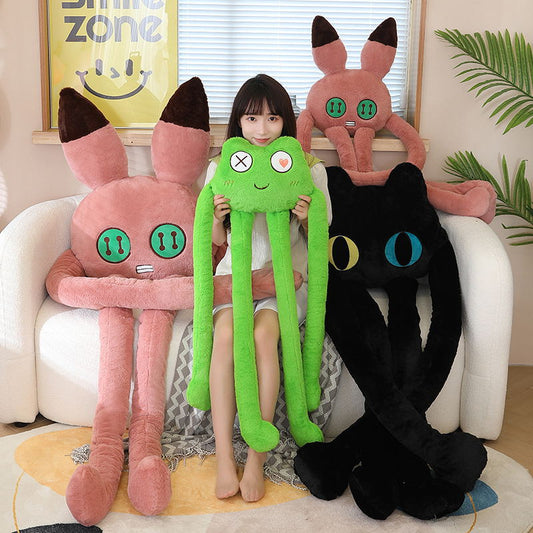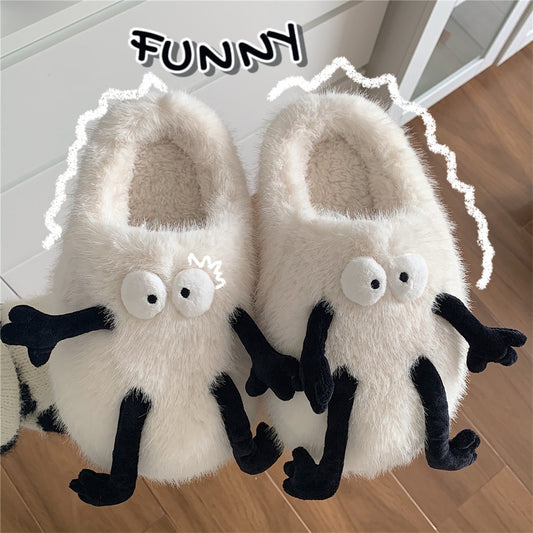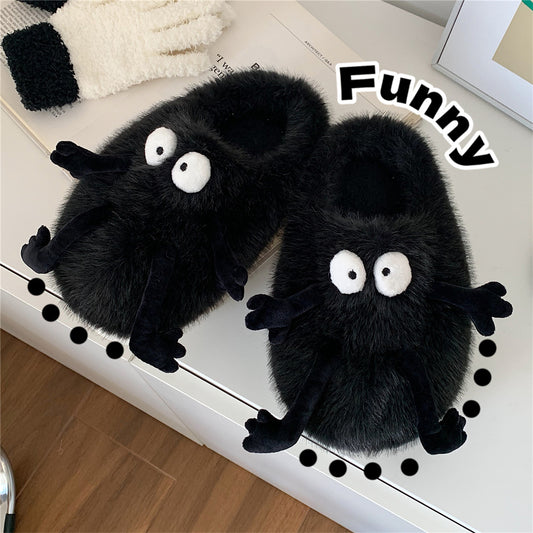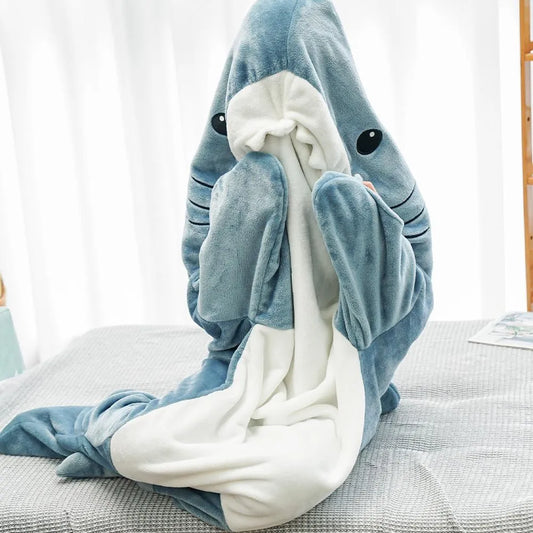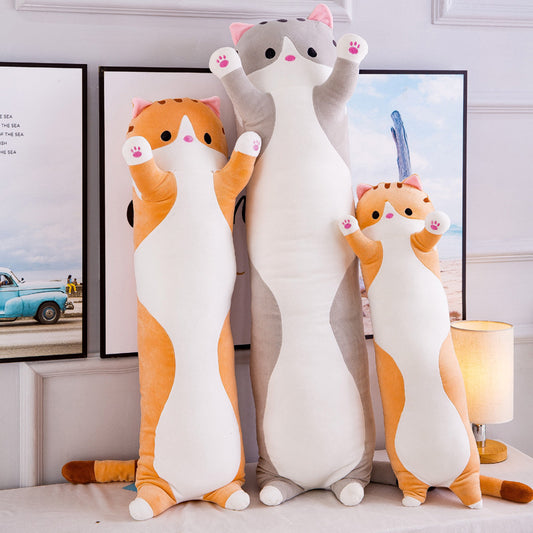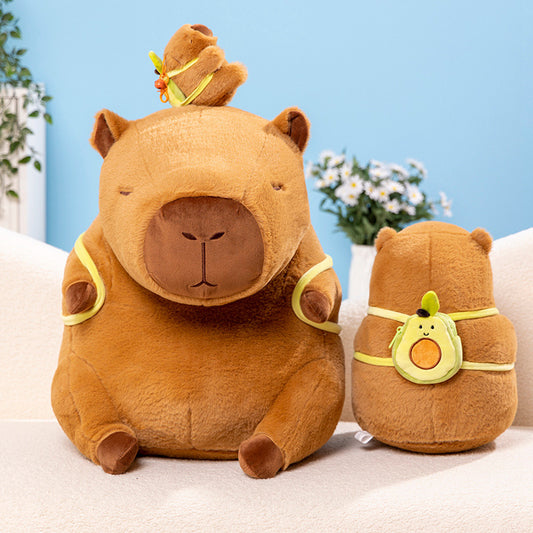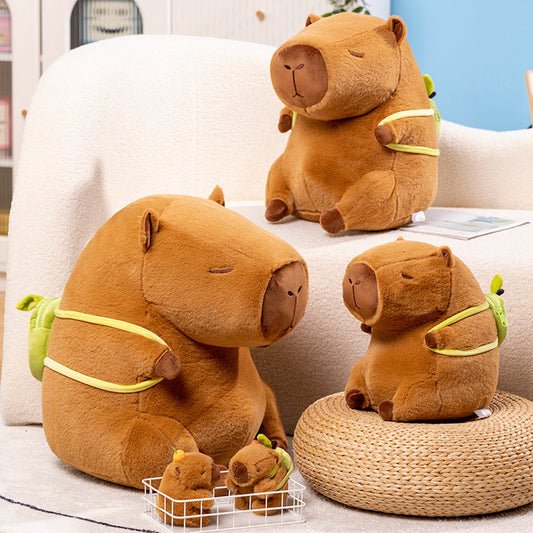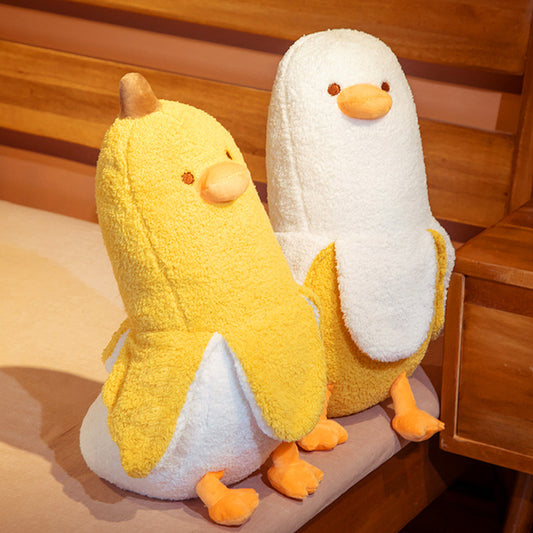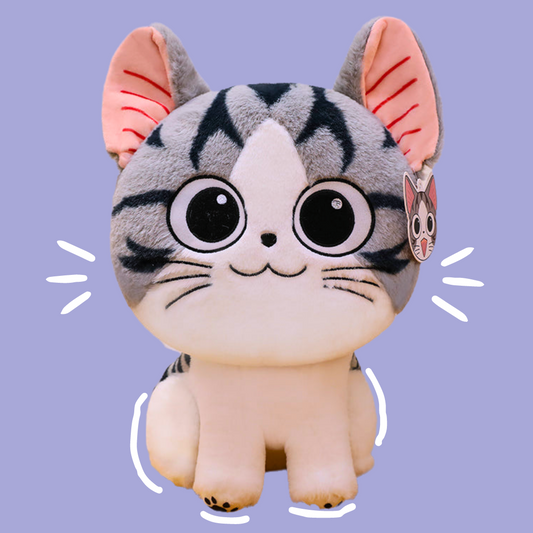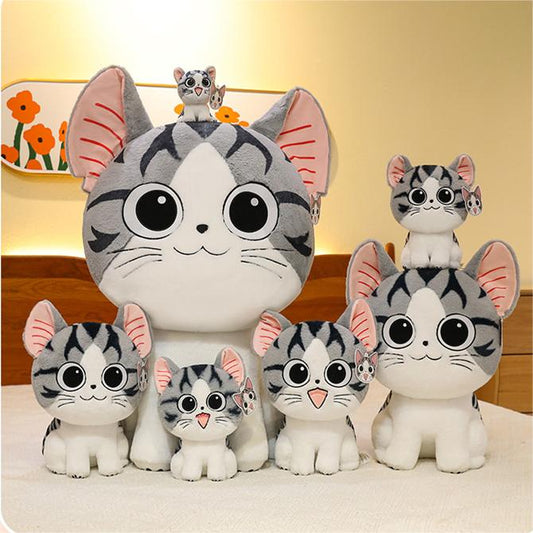Explore the enchanting journey of Halloween, tracing its origins from ancient Celtic traditions to its cherished status as a beloved American celebration. Uncover the fascinating history behind Halloween's evolution into a billion-dollar industry, complete with costumes, decorations, and mouthwatering treats. Embrace the spirit of community and spooky fun as we delve into the traditions that have endured through the ages. Join us in bidding farewell to summer and joyfully welcoming the arrival of autumn during this month-long extravaganza. Discover how Halloween has become a symbol of cultural diversity, uniting people of all backgrounds in celebration.
Halloween: A Spooktacular Journey from Samhain to Modern-Day Celebration
In today's world, Halloween, the beloved celebration known for its sweet treats, cute decorations, and friendly grim reapers, has evolved into a cherished family-friendly extravaganza, offering a delightful escape from the encroaching darkness and cooler temperatures. As autumn leaves turn red and winter's chill touches our cheeks, adorning our homes and indulging in gooey, Halloween-themed candy brings joy and warmth, making it a festival that pushes back against the long, dark nights. But have you ever wondered how Halloween, once a Pagan festival to ward off evil spirits, transformed into one of America's most cherished and internationally renowned festivities?
Discover the fascinating history of Halloween as we unravel its journey through time, marked by traditions of the supernatural, broomsticks, and pumpkin home decorations, all with roots dating back to ancient Samhain.
Samhain: Pagan Origins and Pumpkin Fun
Many of the Halloween traditions we now embrace trace their origins to the ancient Celtic festival of Samhain, introduced to America by Irish and Scottish immigrants in the 19th century, particularly during the mass migrations following the Irish Potato Famine in the 1840s. These customs had remained unchanged for centuries in the highlands of Scotland and the wilds of Ireland, untainted by external influences. According to their beliefs, on a specific night during the autumn lunar cycle, the boundary between our world and the spirit realm grew thin. To protect themselves from evil spirits, they engaged in vibrant and rowdy celebrations. Root vegetables, carved with frightening faces, were lit as lanterns, bonfires blazed, and masks or costumes were donned to avoid detection by wandering ghosts. For these settlers, stepping onto the vast and unknown shores of America for the first time, Samhain was not only a means of protection but also a source of comfort, fostering a sense of community. It provided an opportunity to bid farewell to summer and reassure themselves that the natural world followed its cyclical patterns.
As the eighteenth century moved into the nineteenth, communities celebrated the autumn with a variety of harvest festivals, autumnal-themed events, and various amusements like divination games or tarot cards, embodying the American spirit as a plethora of values and beliefs mixed into what was once Celtic Samhain. These old traditions continued to blend with other cultures and customs, as America's wonderfully diverse heritage introduced practices from European celebrations like All Saints' Day, or All Hallows' Day. Over the centuries, Samhain merged with these traditions to become All Hallows' Eve, which finally emerged as our American Halloween.
1900s: The Evolution Continues
By the 1900s, the practice of carving root vegetables had transformed into the beloved tradition of pumpkin carving, known as jack-o'-lanterns in the UK. Costumes and masks evolved into the charming ghosts in white bed sheets that we recognize today. However, the core essence of Halloween, emphasizing community spirit and togetherness, endured. It was the early 20th century that witnessed Halloween's significant surge in popularity, with the commercialization of costumes and decorations taking flight and the emergence of the modern trick-or-treating tradition. This firmly established the Americanized Halloween as one of the top ten most adored seasonal celebrations.

Halloween: A Cherished American Extravaganza
Over the years, Halloween's modernization brought forth an economic boom, with the holiday evolving into a billion-dollar industry encompassing costumes, decorations, candy, and more. This transformation spawned a rich tapestry of new traditions, including beloved horror movie marathons, intricate home decorations, and elaborate face painting.
By the 20th century, Halloween had become synonymous with spooky-cute plushies, delectable candies, and cozy pumpkin-themed cushions, seamlessly woven into the fabric of the season. For enthusiasts of the spooky season, festivities extend beyond a single day, encompassing various events and activities throughout the entire month of October.
What has remained unwavering throughout Halloween's journey from its humble Samhain origins to its status as a cherished American celebration is the enduring spirit of community and spooky fun. Amidst the modern trappings of costumes, house decorations, and sweet candy, the essence of Samhain, with its focus on communal gatherings and neighborly love, continues to thrive. In true American fashion, Halloween, as we know it today, stands as a cultural phenomenon, a symbol of America's diversity, and an opportunity for individuals of all ages, backgrounds, and cultures to unite in bidding farewell to summer and embracing the arrival of autumn.



